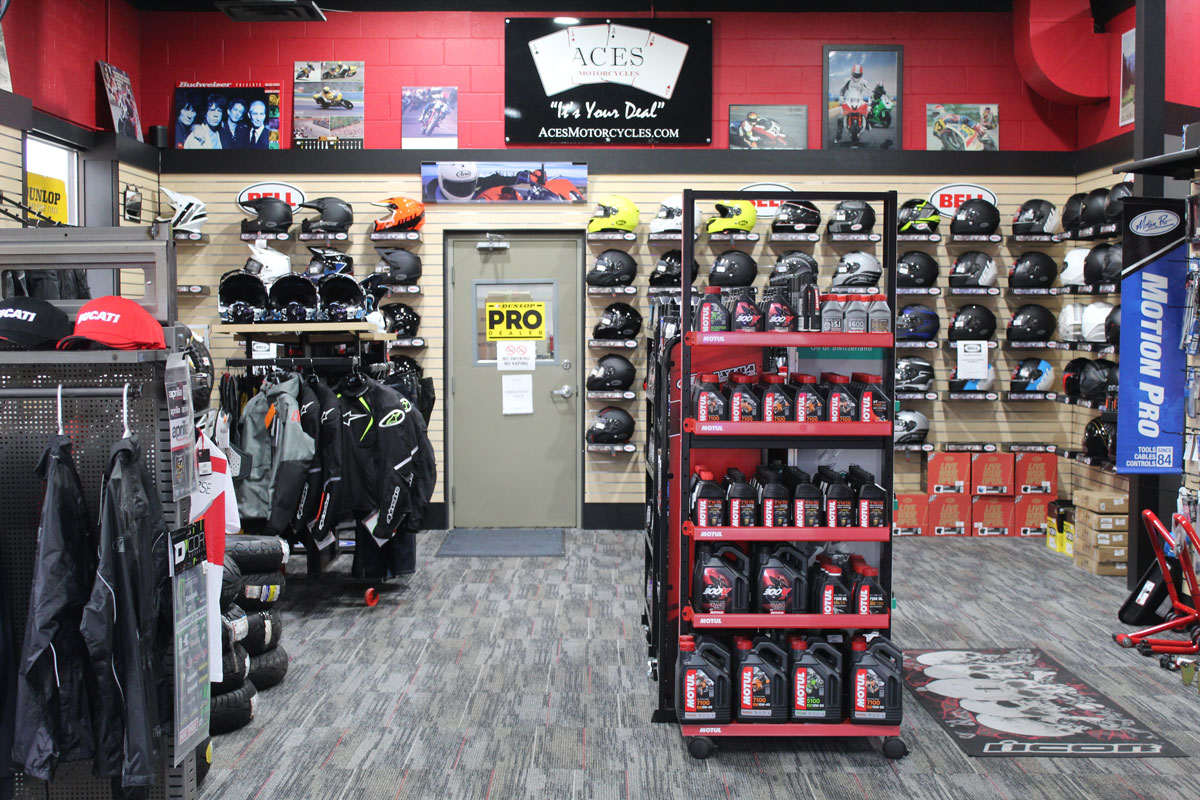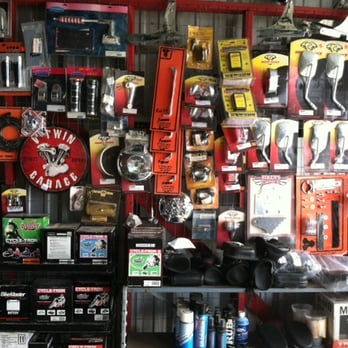Grasping Motorbike Gears: Exactly How to Optimize Your Riding Experience
In the realm of motorcycling, understanding the art of gear control is essential for improving your riding performance. Appropriately utilizing and comprehending motorcycle gears can substantially affect acceleration, fuel, and control performance, transforming an ordinary adventure into a seamless, exhilarating trip. By incorporating precise change timing and adjusting equipment choice to various road problems, motorcyclists can make certain ideal engine efficiency and safety and security. The nuances of clutch control, throttle coordination, and equipment technicians beckon a deeper exploration, guaranteeing to unlock the complete capacity of your equipment. Exactly how can these techniques be used to absolutely enhance your riding experience?
Recognizing Equipment Mechanics
At the core of motorbike dynamics, equipment technicians play an essential function in converting engine power right into movement, ultimately determining rate and control. The gear proportions, very carefully created, identify the relationship in between engine transformations and wheel turns, impacting velocity and fuel performance.
Recognizing gear technicians starts with recognizing the value of the gearbox, which houses multiple gears of differing sizes. These equipments interact via a process recognized as meshing, where teeth of various gears involve to transfer power. The accuracy of this interaction is crucial; any kind of misalignment or damages can lead to ineffective power transfer, hindering efficiency. Additionally, the plan and dimension of gears affect the motorcycle's ability to deal with various loads and rates.
Moreover, the concept of equipment changing is integral to making best use of performance. Prompt and smooth shifts guarantee that the engine runs within its optimum power band, preventing unnecessary stress and boosting longevity (motocross gear). By understanding these mechanical details, riders can accomplish a harmonious blend of control, efficiency, and power, raising their riding experience
Timing Your Shifts
Shift timing mastery is necessary for maximizing bike efficiency and boosting the riding experience. Effectively timed changes make certain that the engine runs within its optimum power band, which is crucial for maintaining control, achieving smooth acceleration, and ensuring the longevity of the motorcycle. Riders must develop an intuitive sense of when to change equipments, which includes comprehending the connection between engine revolutions per min (RPM) and rate.
To grasp shift timing, pay attention to the engine's sound and really feel, as these give essential hints regarding when to change equipments. When the engine approaches the upper array of its power band without getting to the redline, the optimal shift factor normally happens - motorcycle shop. Changing prematurely can lead to an absence of power, while moving far too late might trigger unnecessary engine stress
Additionally, roadway conditions and riding design impact shift timing. In city settings, smoother and extra regular shifts may be needed to navigate traffic efficiently. In contrast, during highway riding, fewer changes at higher rates can be better suited. Practicing in different settings will improve your ability to time shifts specifically, ultimately raising your riding experience to a professional level.
Enhancing Gas Efficiency
While grasping bike equipments is vital for performance, enhancing fuel effectiveness is just as important for both ecological and financial reasons. Ideal gas intake not just reduces operational expenses however additionally minimizes the ecological footprint of riding. To accomplish this, one have to understand the elaborate connection between equipment option and engine efficiency.
Firstly, selecting the best equipment at proper rates can dramatically impact fuel consumption. Riding in a higher gear at lower speeds can result in engine carrying, which is damaging to both fuel economic climate and engine wellness. Alternatively, riding in reduced equipments at high rates causes unneeded gas usage. Therefore, preserving an ideal balance by shifting gears abreast with roadway problems and prepared for maneuvers is crucial.
In addition, normal maintenance plays a pivotal role in gas performance. Making sure that the motorbike is well-tuned, with clean air filters and properly blew up tires, can improve aerodynamics and reduce gas wastage. Furthermore, taking on a riding style that welcomes progressive acceleration and smooth deceleration can add to far better fuel economic situation.

Techniques for Smooth Transitions
Attaining smooth gear shifts is fundamental to boosting the riding experience and ensuring the longevity of a motorcycle's transmission system. Proper equipment shifting not only adds to a seamless experience yet also decreases wear and tear on the mechanical components. To grasp the art of smooth shifts, motorcyclists should concentrate on a few key strategies.

Secondly, clutch control plays an essential function. Engaging and disengaging the clutch smoothly calls for method. The clutch bar must be released slowly, enabling for a seamless transfer of power from the engine click this to the wheels without causing a shock or sudden movement.

Adapting to Road Problems
Navigating diverse roadway problems is a vital ability for any type of motorcyclist intending to maintain control and security. Whether you're riding on damp surfaces, gravel go to this site roadways, or navigating doglegs, your capacity to adjust your gear use and riding method is critical. Understanding just how to change your equipments suitably can dramatically influence grip and security, making sure a much safer journey.
In contrast, when riding on gravel or uneven terrain, lower gears are more effective. Reduced equipments provide much better control and enable you to react even more promptly to unanticipated modifications in the road surface area.
Sharp curves demand exact gear administration to balance rate and control. Downshifting prior to entering a curve can assist preserve energy while making certain the bike stays stable throughout the turn. Consistent practice in diverse conditions enhances your ability to anticipate and respond to adjustments in roadway texture and slope.
Final Thought
Understanding bike gears dramatically enhances the riding experience by boosting control, gas, and acceleration efficiency. Adapting equipment option to different roadway conditions, such as using greater gears on wet surfaces and original site lower gears on crushed rock, additional boosts handling and safety.
Comprehending gear mechanics starts with recognizing the relevance of the transmission, which houses several gears of varying dimensions. These gears communicate with a process recognized as meshing, where teeth of various gears engage to send power (motorbike shop). Gentle adjustments to the throttle throughout equipment shifts can avoid jerky motions and preserve a consistent riding rate
Whether you're riding on wet surfaces, gravel roads, or browsing sharp turns, your capability to adapt your equipment use and riding method is vital. Adapting gear selection to different road problems, such as utilizing greater gears on damp surfaces and lower equipments on gravel, more enhances handling and security.